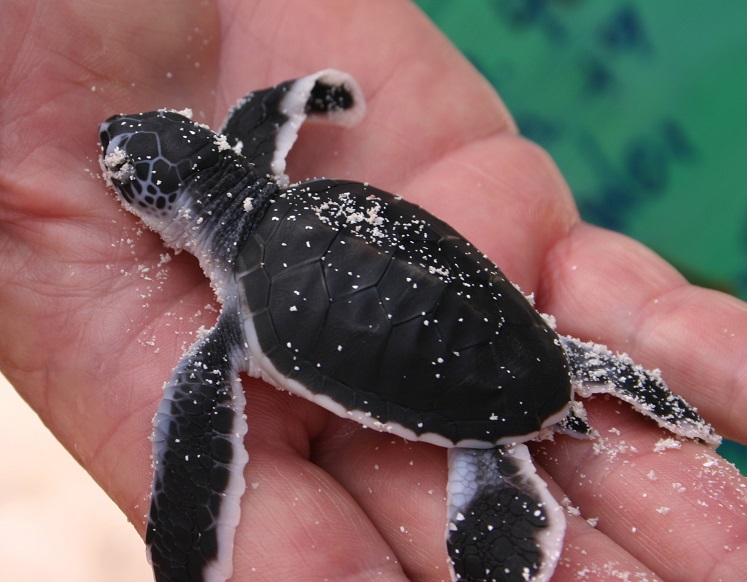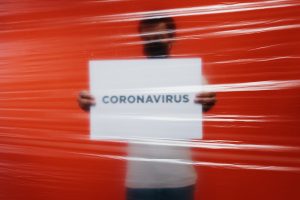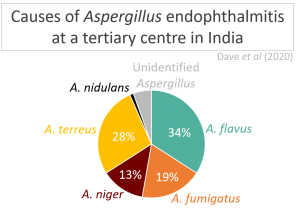Submitted by ROrritt on 28 February 2018

The Green turtle (Chelonia mydas) is under threat. Populations are declining because of human activities, beach erosion and pathogenic infections, among other factors, which has prompted the International Union for Conservation of Nature (IUCN) to categorise this species as ‘Endangered’ (IUCN 3.1), partly due to threats to nest sites.
To investigate the possible impact of fungal species on Green Turtles, a researcher from Hacettepe University in Turkey investigated the fungal diversity of green turtle nests, and the possible effect on hatching. Dr Candan collected fungal isolates from 25% of nests on the Sogözü beaches in a single nesting season. She found fungal isolates belonging to the genera Aspergillus, as well as Emiricella, Rhizopus, Actinomucor and Apophysomyces. 36.4% of nest sites had fungal contamination.
Nests that were contaminated by fungi were significantly less likely to have hatched successfully, compared to uncontaminated nests. This is the first study to investigate fungal species in the nesting site of the Green Turtle, and although fungi are known to limit hatching success in other turtle species, more research is required to confirm a causal link between fungal contamination and hatching success in this species.
News archives
-
Title
Date


